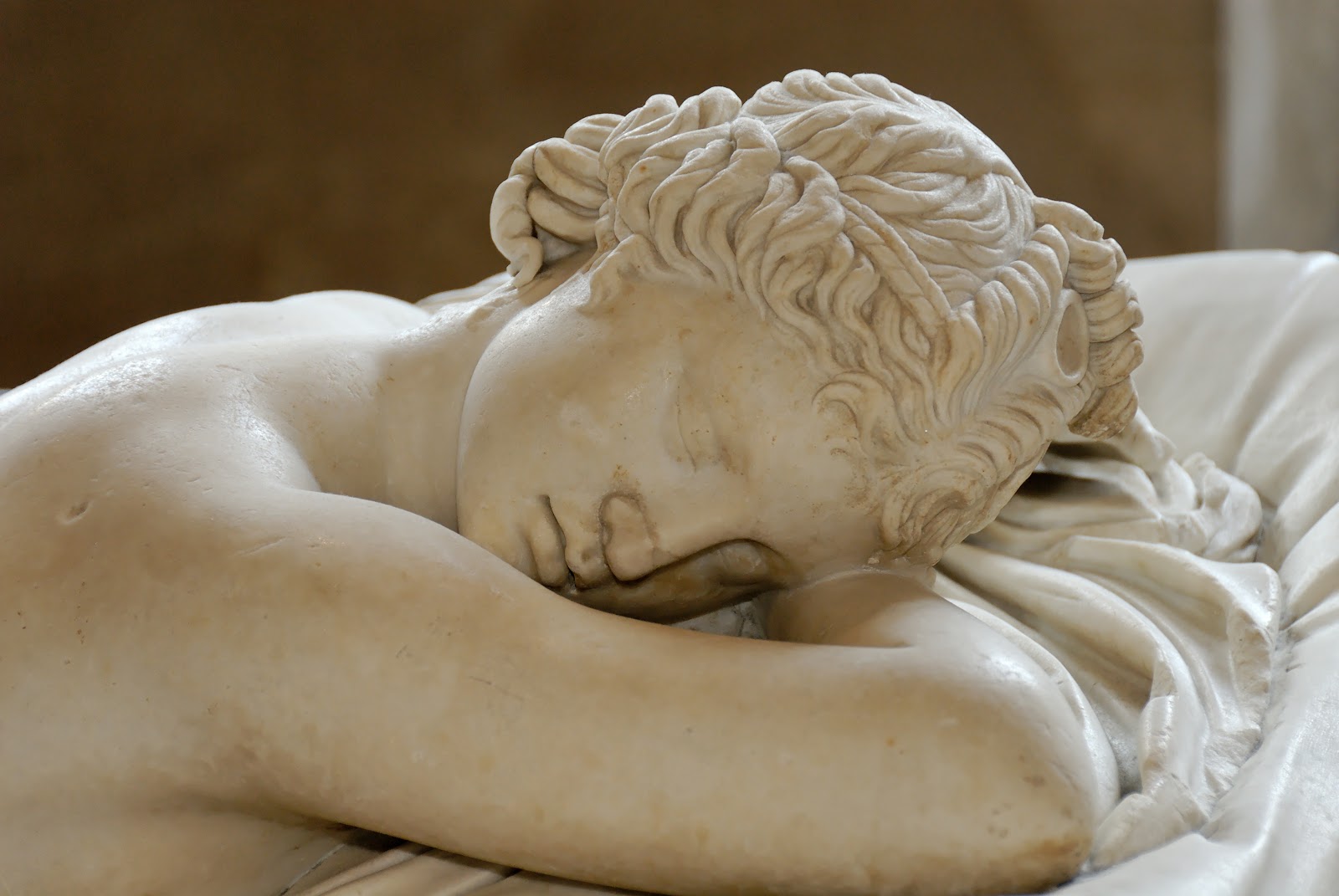Paul Émile Chabas (1869-1937) was a French painter and illustrator and member of the Académie des Beaux-Arts.
He was born in Nantes, and had his artistic training under William-Adolphe Bouguereau and Tony Robert-Fleury. He first exhibited at the Salon in 1890.
He was awarded a gold medal at the Exposition Universelle of 1900 and in 1912 received the Médaille d’honneur.
His preferred subject was a young girl in a natural setting.
















